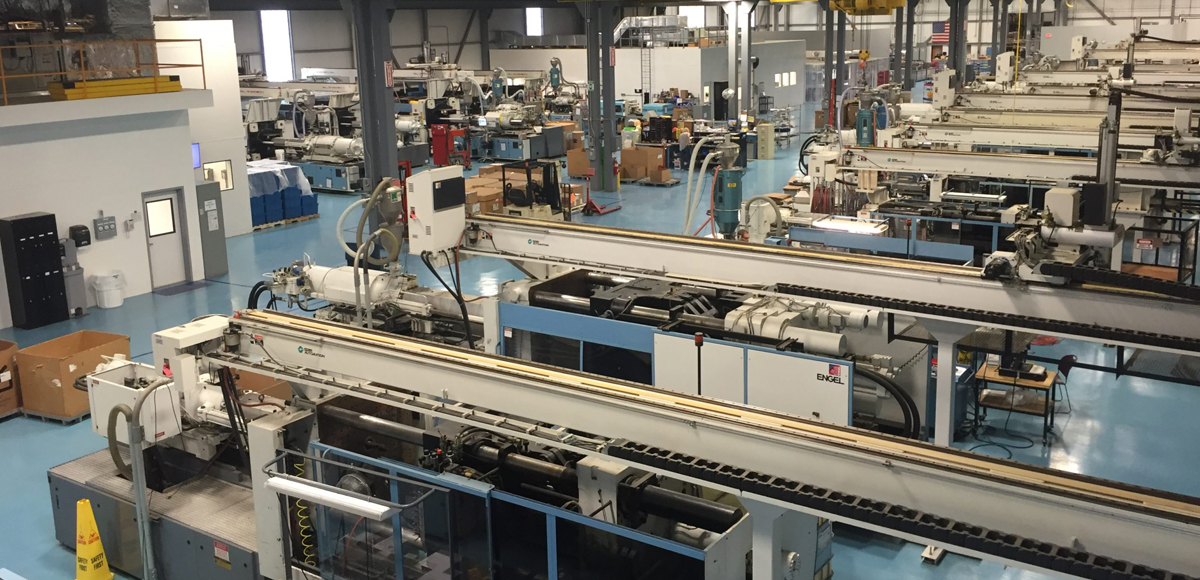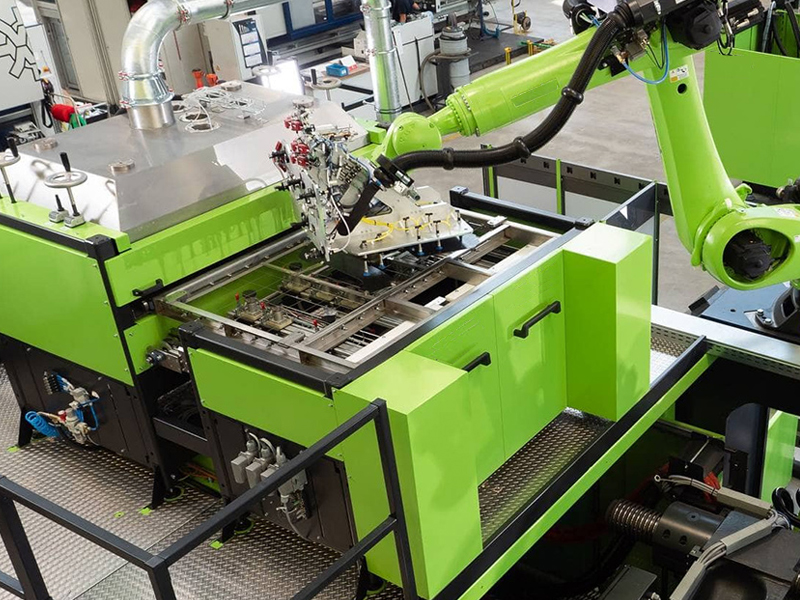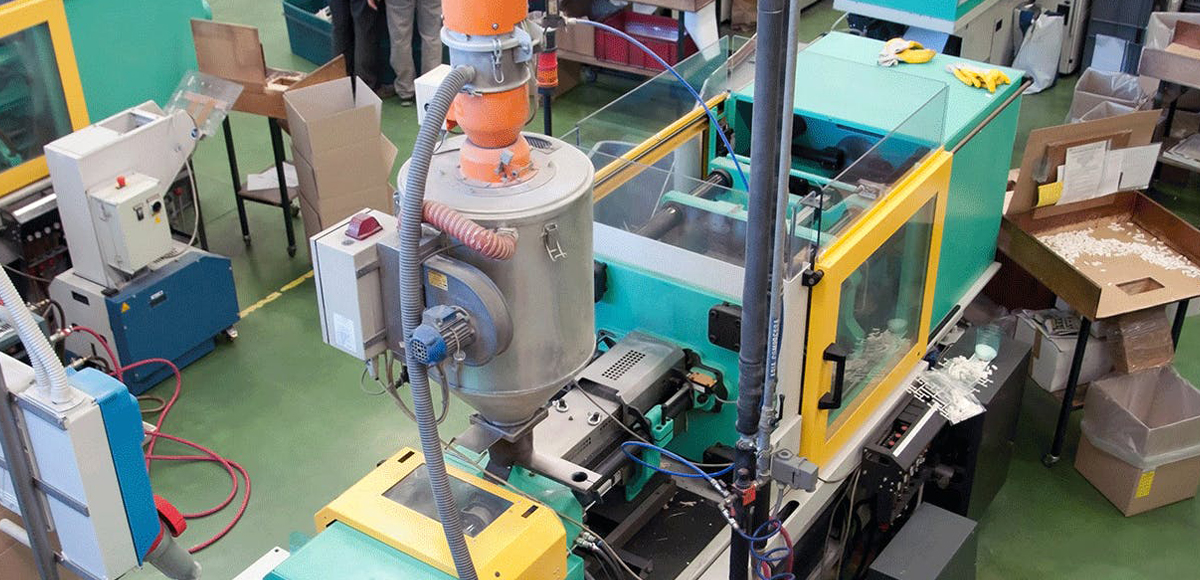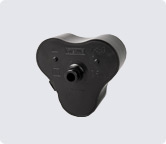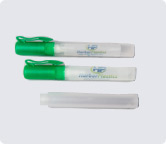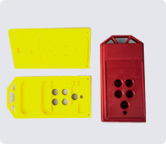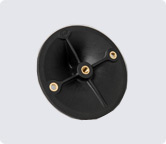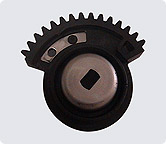| Material |
ABS Polystyrene We can also Work with many other customer specified materials |
| Mold Length | Max 36 in 914.4 mm |
| Mold Width | Max 28 in 711.2 mm |
| Shot Size | Max 32 oz |
| Clamping Force |
Min Max |
| Tolerance (+/-) | ±.005 in or greater |
| Lead Time | Min 2 Days Quoted on job by job basis Emergency services available Rush Services Available |
| Production Volume | Min $300 Prototype High Volume |
| Efficiency | Six Sigma Certification
Lean Manufacturing |
| Secondary Services |
Drilling
Pad Printing |
| Industry Focus |
Aerospace
Marine
Military/Government |
| Intended Application |
Consumer Products Hunting Equipment |
| Industry Standards | Woman Owned Business ASTM American Society for Testing and Materials ISO International Organization for Standardization (Compliant) Mil-Spec Military Specifications RoHS Restriction Of Hazardous Substances (Compliant) UL Underwriters Laboratories |
| File Formats | AutoCAD (DWG) BMP Bit Mapped Graphics DXF Drawing Interchange Format, or Drawing Exchange Format GIF Graphics Interchange Format IGES Initial Graphics Exchange Specification, ANSI file format. JPG or JEPG Joint Photographic Experts Group Portable Document Format Pro-E or Pro/Engineer (DRW,PRT,XPR) SolidWorks (SLDPRT,SLDDRW,SLDDRT) (Preferred) STEP Standard for the Exchange of Product Model Data TIFF Tagged Image File Format Unigraphics (PRT) |
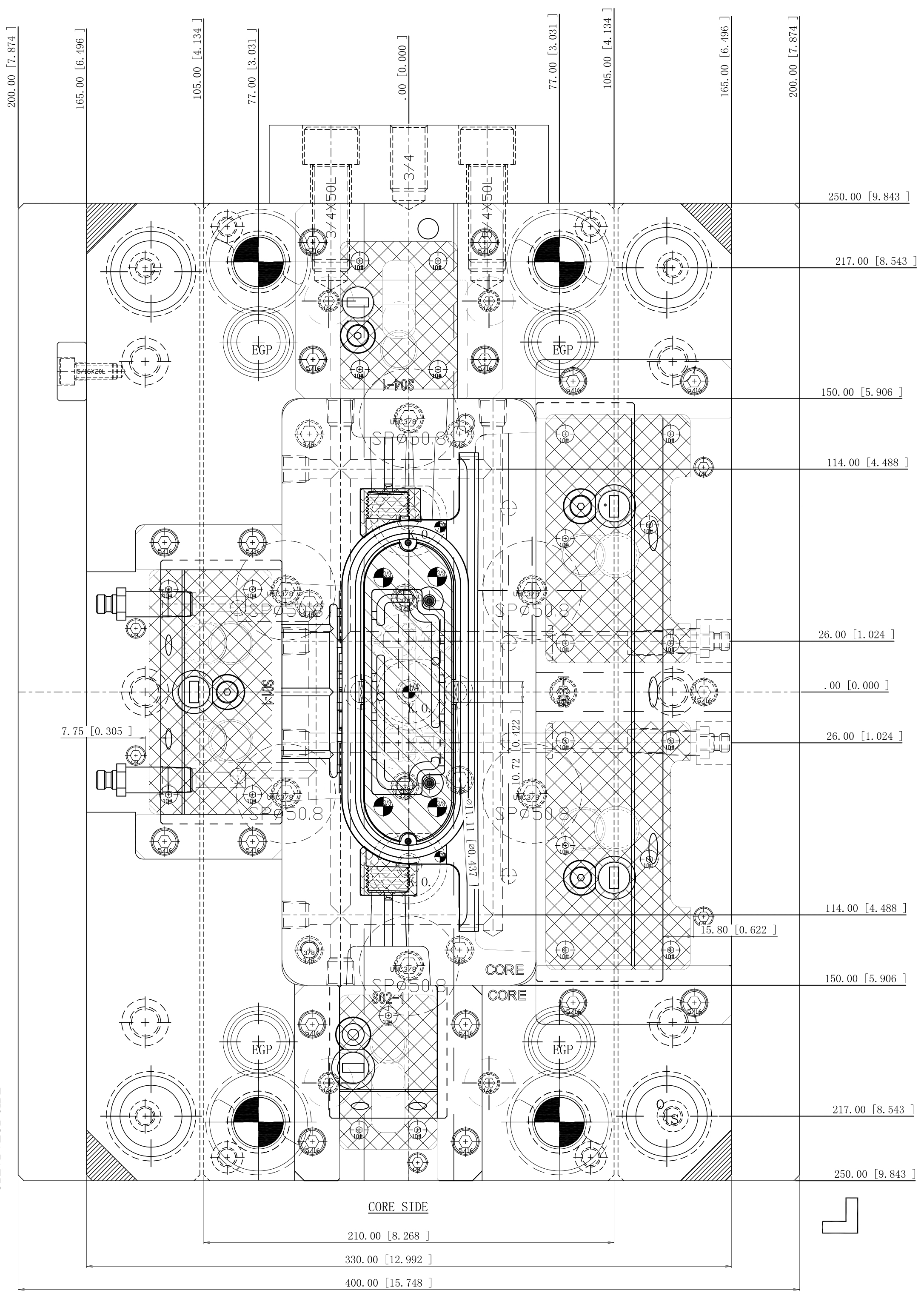
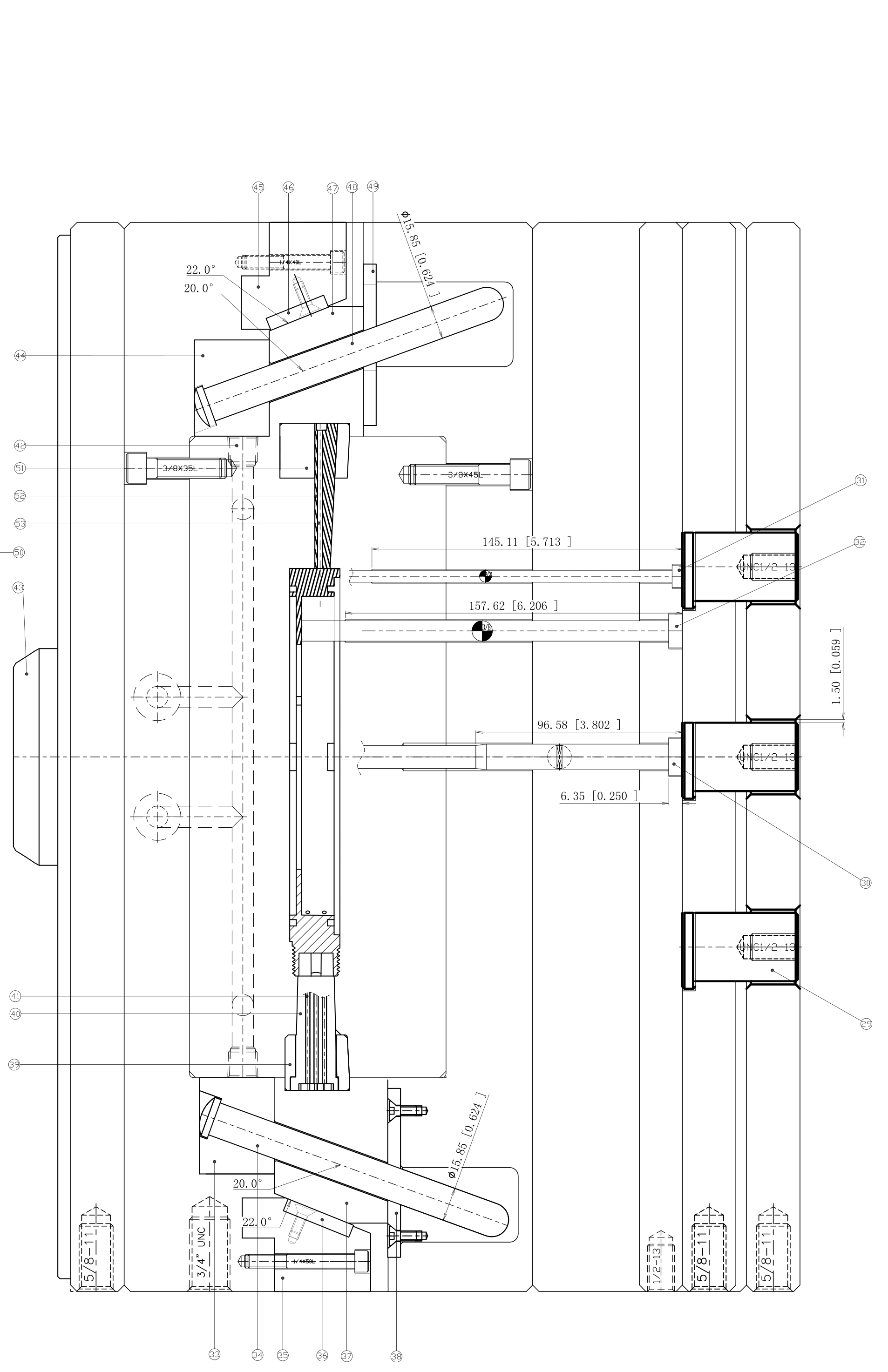
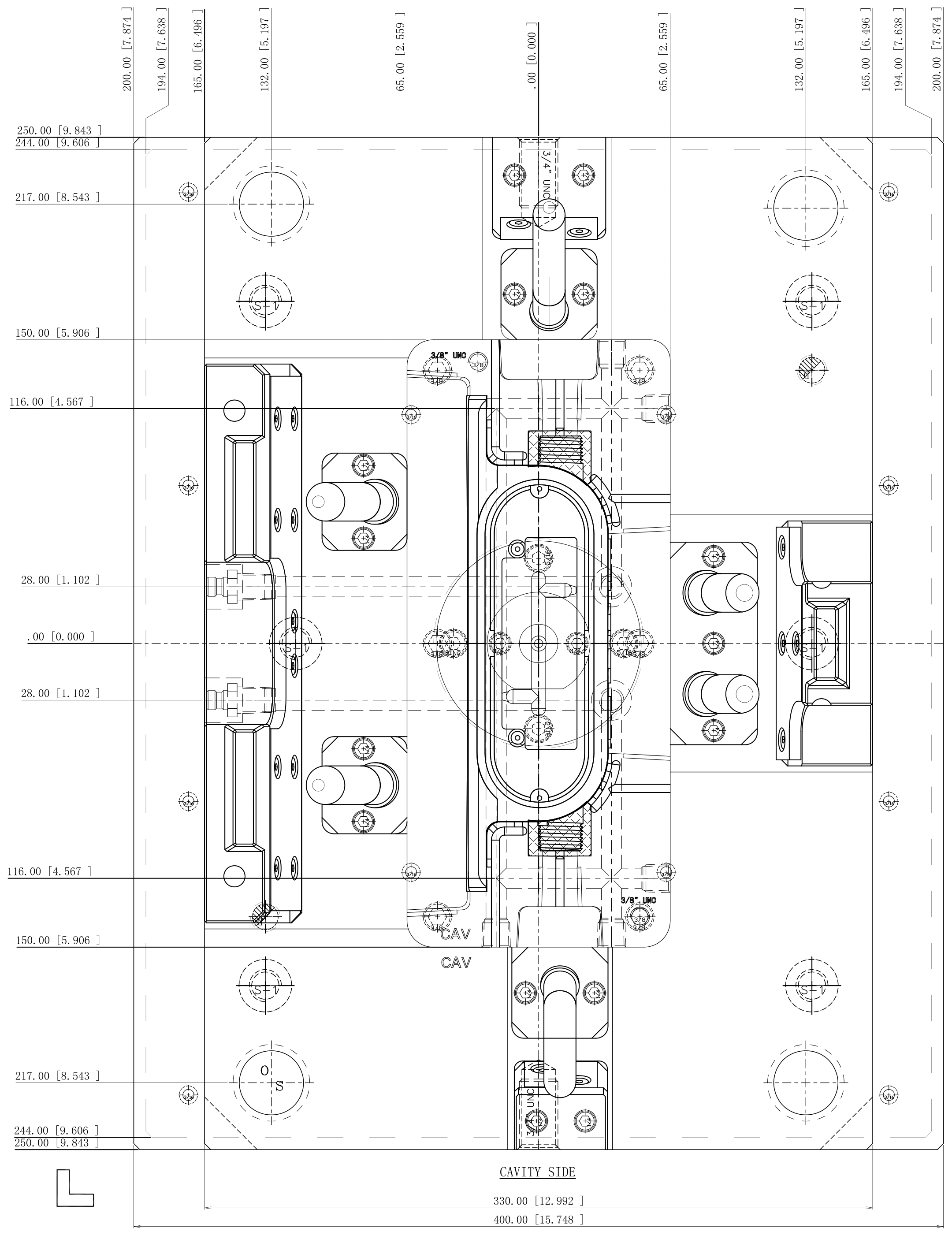
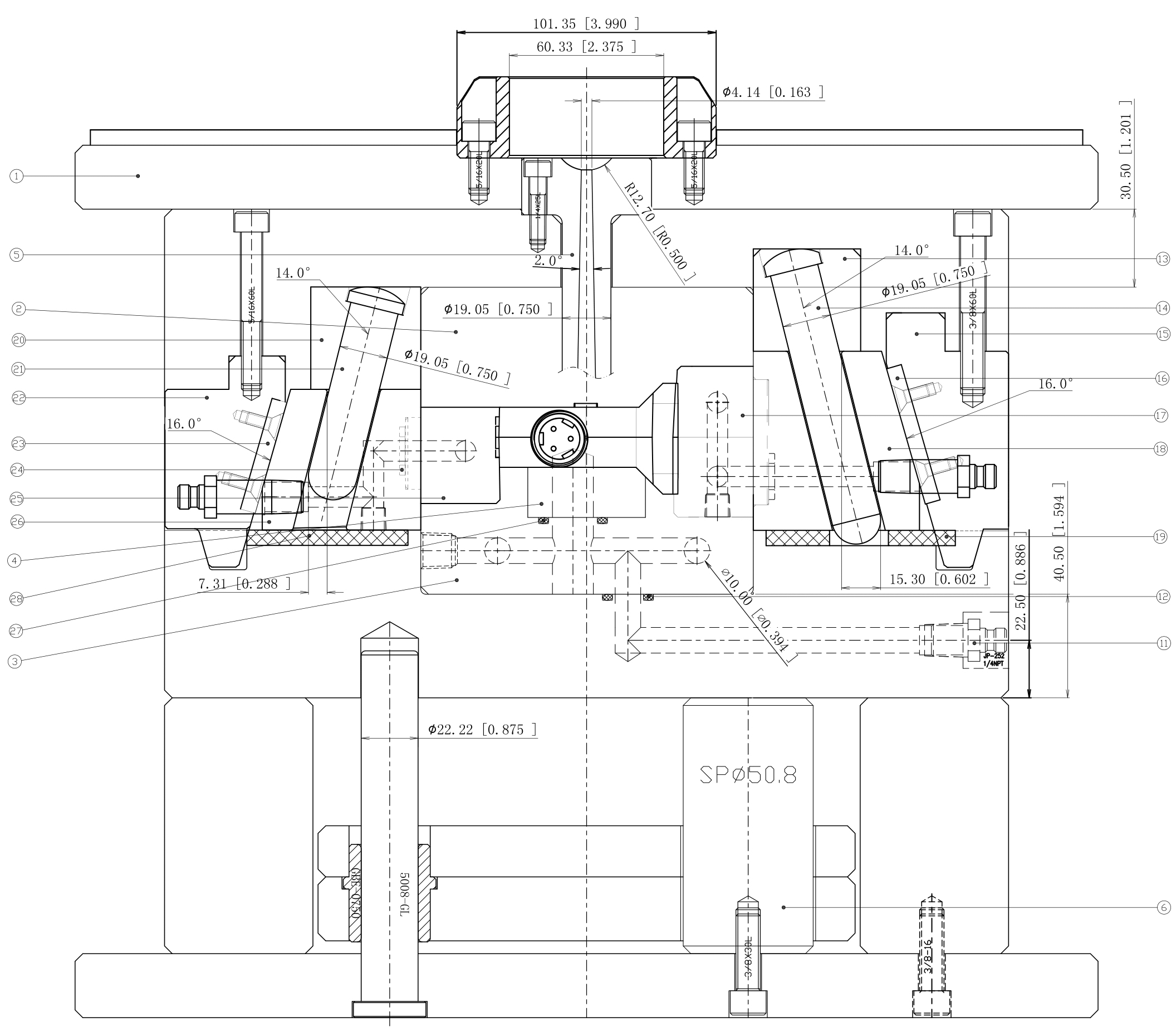
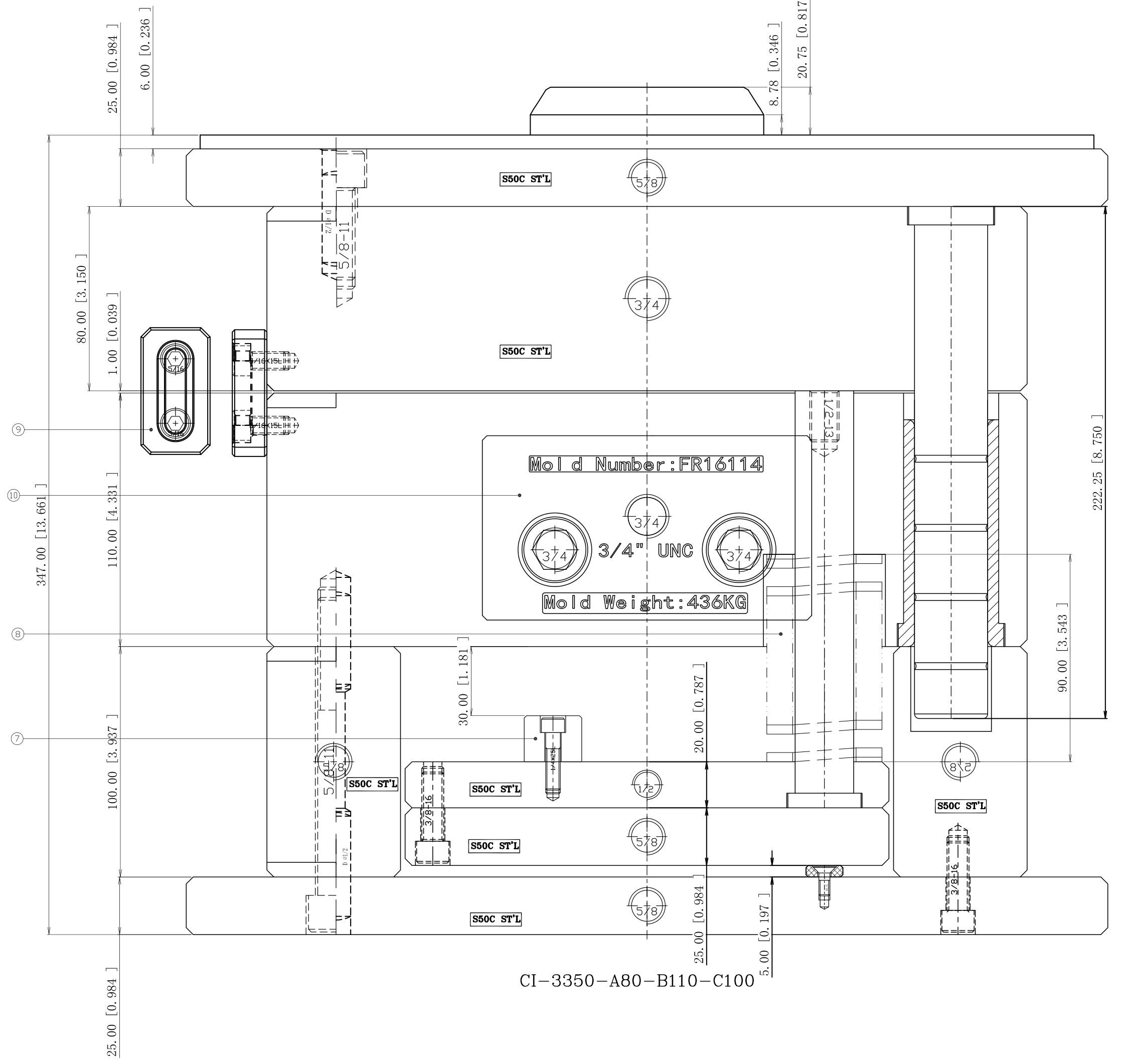
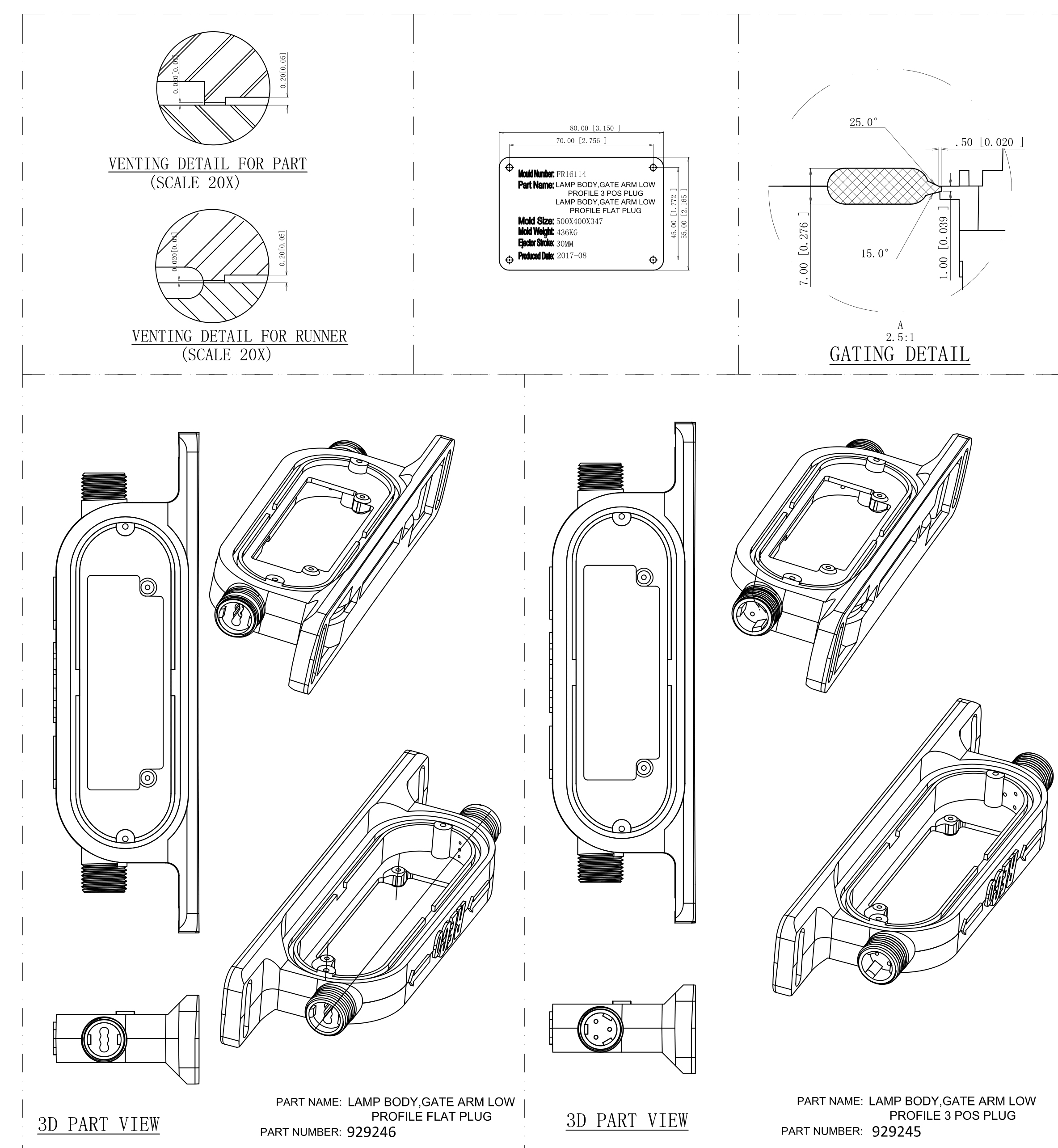
ABS refers to Acrylonitrile Butadiene Styrene. It is a common thermoplastic polymer used for manufacturing a wide range of plastic products. ABS is known for its versatility, durability, and impact resistance, making it suitable for various applications, including automotive parts, toys, consumer electronics, and more. It can be easily molded and has good heat resistance, making it a popular choice in the plastics industry for producing high-quality, durable plastic components.
Acetal, also known as polyoxymethylene (POM), is a thermoplastic polymer frequently employed in plastic injection molding. It is recognized for its exceptional strength, stiffness, low friction properties, and resistance to moisture, chemicals, and wear. Acetal is often used in the production of precision parts and components, including gears, bearings, bushings, and various mechanical and industrial components. Its excellent dimensional stability and ease of machining make it a preferred material for applications requiring tight tolerances and durability.
Acrylic, or polymethyl methacrylate (PMMA), is a transparent thermoplastic material used in plastic injection molding. It is known for its exceptional optical clarity and high impact resistance, making it a popular choice for producing transparent or translucent parts such as lenses, signage, displays, and various consumer products. Acrylic can be easily molded and offers good UV resistance, weatherability, and scratch resistance. Its versatility and aesthetic appeal make it a valuable material in various industries, including automotive, electronics, and design.
HDPE stands for High-Density Polyethylene, and it is a widely used thermoplastic material in plastic injection molding. HDPE is known for its excellent strength-to-density ratio, chemical resistance, and durability. It is commonly used to manufacture a variety of products, including bottles, containers, pipes, and even automotive parts. HDPE's versatility and resistance to moisture, chemicals, and impact make it a preferred choice for applications where durability and resistance to environmental factors are important. It is also recyclable, contributing to its popularity as a sustainable material in the plastics industry.
Nylon, also known as polyamide, is a thermoplastic material frequently utilized in plastic injection molding. It is renowned for its exceptional strength, durability, and resistance to wear and abrasion. Nylon is commonly used for producing a wide range of parts and components, including gears, bearings, fasteners, and mechanical components in various industries such as automotive, aerospace, and consumer goods. It has good chemical resistance and can be molded into different shapes and sizes with ease, making it a versatile choice for engineering applications that require toughness and versatility.
Polycarbonate is a durable and transparent thermoplastic material frequently employed in plastic injection molding. It is known for its exceptional impact resistance, high optical clarity, and heat resistance. Polycarbonate is widely used in various applications, including automotive components, eyeglass lenses, CDs, and medical devices, where a combination of strength and transparency is essential. Its versatility, along with resistance to both high and low temperatures, makes it a popular choice for manufacturing parts that require these properties.
Polyester, specifically polyethylene terephthalate (PET), is a thermoplastic polymer used in plastic injection molding. It is recognized for its strength, durability, and resistance to moisture, chemicals, and abrasion. Polyester is commonly used to produce a wide range of items, including beverage bottles, food containers, synthetic fibers for clothing, and various packaging materials. Its versatility and ability to maintain mechanical properties over a wide range of temperatures make it a popular choice for both consumer and industrial applications.
Polypropylene, often abbreviated as PP, is a versatile thermoplastic material extensively used in plastic injection molding. It is known for its excellent chemical resistance, lightweight nature, and high tensile strength. Polypropylene is commonly employed in the manufacturing of a wide array of products, including packaging containers, automotive components, toys, and medical devices. Its affordability, ease of molding, and resistance to moisture and chemicals make it a popular choice in various industries for producing durable and cost-effective plastic parts and products.
Polystyrene, often referred to as PS, is a widely used thermoplastic material in plastic injection molding. It is known for its transparency, ease of molding, and affordability. Polystyrene comes in two main forms: crystal-clear (known as GPPS or General Purpose Polystyrene) and expanded foam (EPS or Expanded Polystyrene). It is commonly used to produce a range of products, including packaging materials, disposable cutlery, CD cases, and various consumer goods. Its versatility and cost-effectiveness make it a popular choice for manufacturing lightweight and rigid plastic components.
Polyurethane, often abbreviated as PU, is a versatile and durable thermoplastic or thermosetting polymer used in plastic injection molding. It is known for its exceptional flexibility, impact resistance, and abrasion resistance. Polyurethane can be molded into various shapes and forms, making it suitable for a wide range of applications, including automotive components, industrial parts, footwear, and even furniture. It is valued for its ability to withstand heavy loads and resist wear and tear, making it a preferred choice for products that require strength and resilience in challenging environments. Polyurethane materials can be customized to achieve different levels of hardness, from soft and cushiony to rigid and tough, depending on the specific application.
A thermoplastic is a type of polymer material used in plastic injection molding. It is characterized by its ability to repeatedly soften and solidify when subjected to changes in temperature. In other words, thermoplastics can be melted and reshaped multiple times without undergoing chemical degradation. This property makes them ideal for processes like injection molding, where the material is melted, molded into a specific shape, cooled, and then hardened.
Common thermoplastics used in injection molding include polyethylene, polypropylene, polystyrene, polyvinyl chloride (PVC), and many others. They are valued for their versatility, ease of processing, and suitability for a wide range of applications across various industries due to their ability to maintain their properties through multiple heating and cooling cycles.
TPE stands for Thermoplastic Elastomer, which is a versatile class of polymer materials used in plastic injection molding. TPEs combine the characteristics of traditional thermoplastics (they can be melted and molded when heated) with the properties of elastomers (they are elastic and flexible at room temperature). This unique combination results in materials that are soft, pliable, and resilient, making them ideal for applications requiring flexibility, impact resistance, and durability.
TPEs find use in a wide range of products, including automotive components, consumer goods, medical devices, and more. They are valued for their ease of processing, recyclability, and the ability to create soft-touch or rubber-like parts with excellent grip and sealing properties. TPEs are often chosen when traditional rigid plastics or rubber materials may not meet the desired performance requirements.
TPU, or Thermoplastic Polyurethane, is a highly versatile polymer material commonly used in plastic injection molding. TPU is characterized by its excellent combination of flexibility, durability, and resistance to abrasion, oil, and chemicals. It has a wide range of applications, including automotive parts, footwear, medical devices, sports equipment, and phone cases.
TPU can be molded into various shapes, making it suitable for producing soft, flexible, and resilient parts with different levels of hardness. It is known for its elastic properties, which allow it to return to its original shape after being stretched or compressed. This material is favored in manufacturing for its ability to provide toughness and flexibility in products while maintaining good processing characteristics in the injection molding process.
Low-Density Polyethylene (LDPE) is a thermoplastic material occasionally used in plastic injection molding. LDPE is known for its flexibility, transparency, and resistance to moisture. It is a relatively soft and low-strength plastic compared to other materials used in injection molding. While LDPE is more commonly associated with processes like extrusion or blow molding, it can be used in injection molding for specific applications where its unique properties, such as flexibility and chemical resistance, are advantageous. These applications might include manufacturing items like flexible tubing, squeeze bottles, or certain consumer products.
PBT stands for Polybutylene Terephthalate, which is a thermoplastic polymer widely used in plastic injection molding. PBT is known for its excellent electrical insulating properties, chemical resistance, and dimensional stability, even at high temperatures. It is commonly used to produce a variety of components in industries such as automotive, electronics, and electrical appliances.
PBT materials are valued for their mechanical strength, low moisture absorption, and resistance to heat and chemicals. They can be molded into intricate shapes and maintain their properties over a wide range of environmental conditions, making them suitable for parts that require reliability and performance in demanding applications.
Plastic Injection Molding

Plastic injection molding is a widely employed manufacturing technique known for its versatility and efficiency in producing plastic components. The process entails several key steps: material selection, where a suitable polymer resin is chosen; melting, achieved through heating the plastic material in an extruder; injection, wherein molten plastic is forcefully introduced into a mold cavity; cooling, allowing the plastic to solidify into the desired shape; ejection, separating the mold halves to release the finished part; trimming and finishing, which may involve manual or automated processes; quality control checks to ensure dimensional and structural adherence; optional regrinding of excess material for reuse; and finally, packaging and shipping of the quality-approved parts. This method is prized for its precision, high production rates, and cost-effectiveness, making it a preferred choice in industries ranging from automotive and electronics to consumer goods and medical devices.
Our Mold Capabilities
Harbor Plastics offers Plastic Injection Molding Services with specific mold size requirements to ensure optimal production outcomes. The company accommodates molds with a maximum length of 36 inches (914.4 mm) and a maximum width of 28 inches (711.2 mm). These constraints allow for precision and efficiency in the molding process, ensuring that the produced plastic parts meet the desired specifications. Harbor Plastics' commitment to these mold size parameters reflects their dedication to delivering high-quality and accurately molded components for various industrial applications.
Industries We Serve

At Harbor Plastics, we take pride in our ability to serve a wide spectrum of industries.
In the aerospace sector, we offer high-performance materials that play a pivotal role in creating lightweight components and cutting-edge structures. For the automotive industry, we provide solutions that enhance both the interior and exterior of vehicles, contributing to improved performance and aesthetics. In construction, our materials are utilized to craft durable and sustainable building designs. In the electronics industry, we supply crucial components for electronic devices and circuits. Within the energy sector, we serve various sub-industries, including solar and wind, helping optimize energy production and storage. We also support oil & gas, nuclear, and marine applications, ensuring safety and efficiency in challenging environments. Our commitment extends to the medical field, where we offer non-invasive solutions and support healthcare advancements. Moreover, we meet the stringent requirements of military and government applications, ensuring security and reliability.
Across all these sectors, we prioritize sustainability through eco-friendly materials and practices, working diligently to promote a greener future.
©2025 Harbor Plastics, Inc. | All Rights Reserved | Privacy Policy | Site Map - Industrial Web Design by WYSIWYG Marketing
